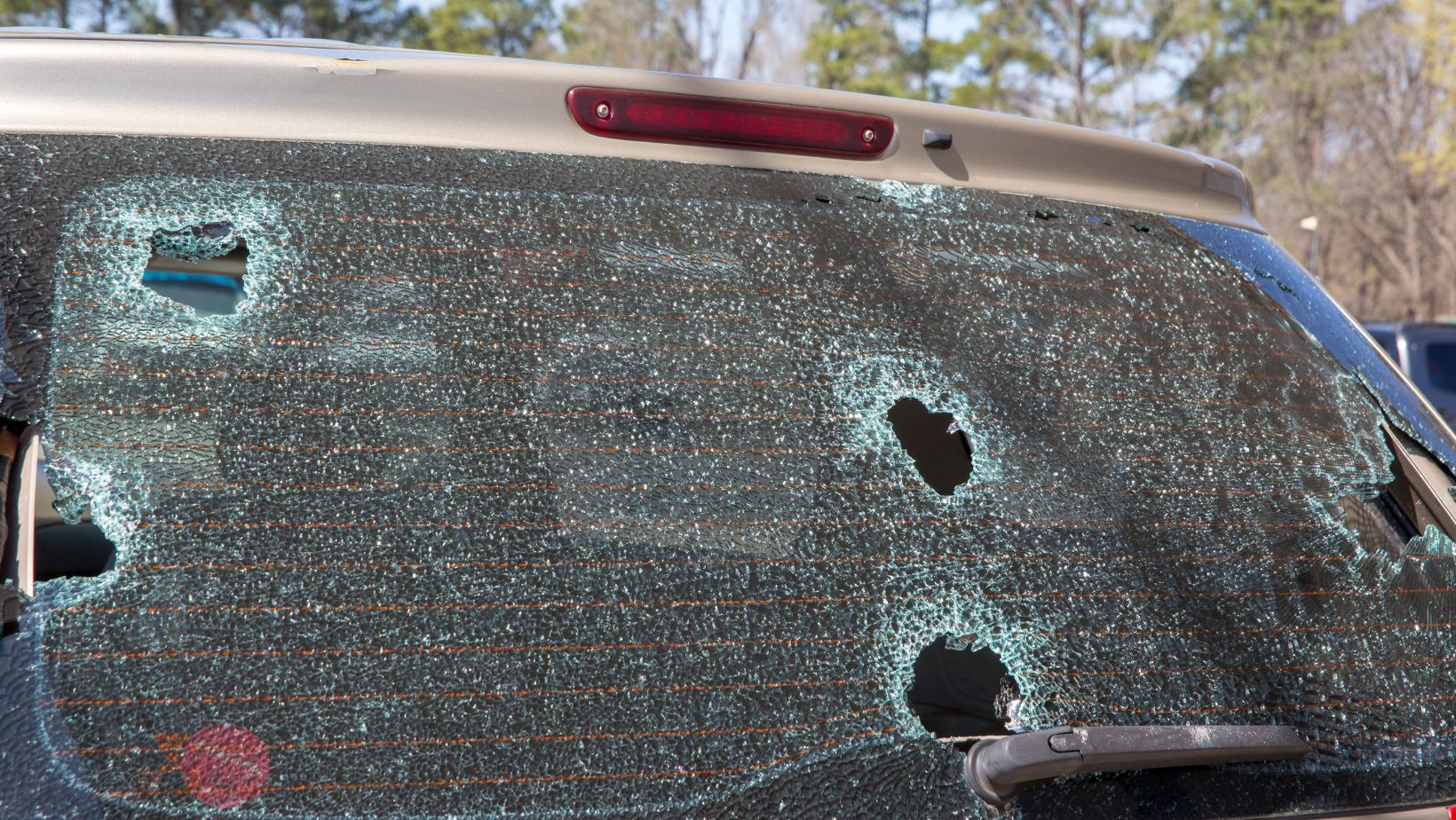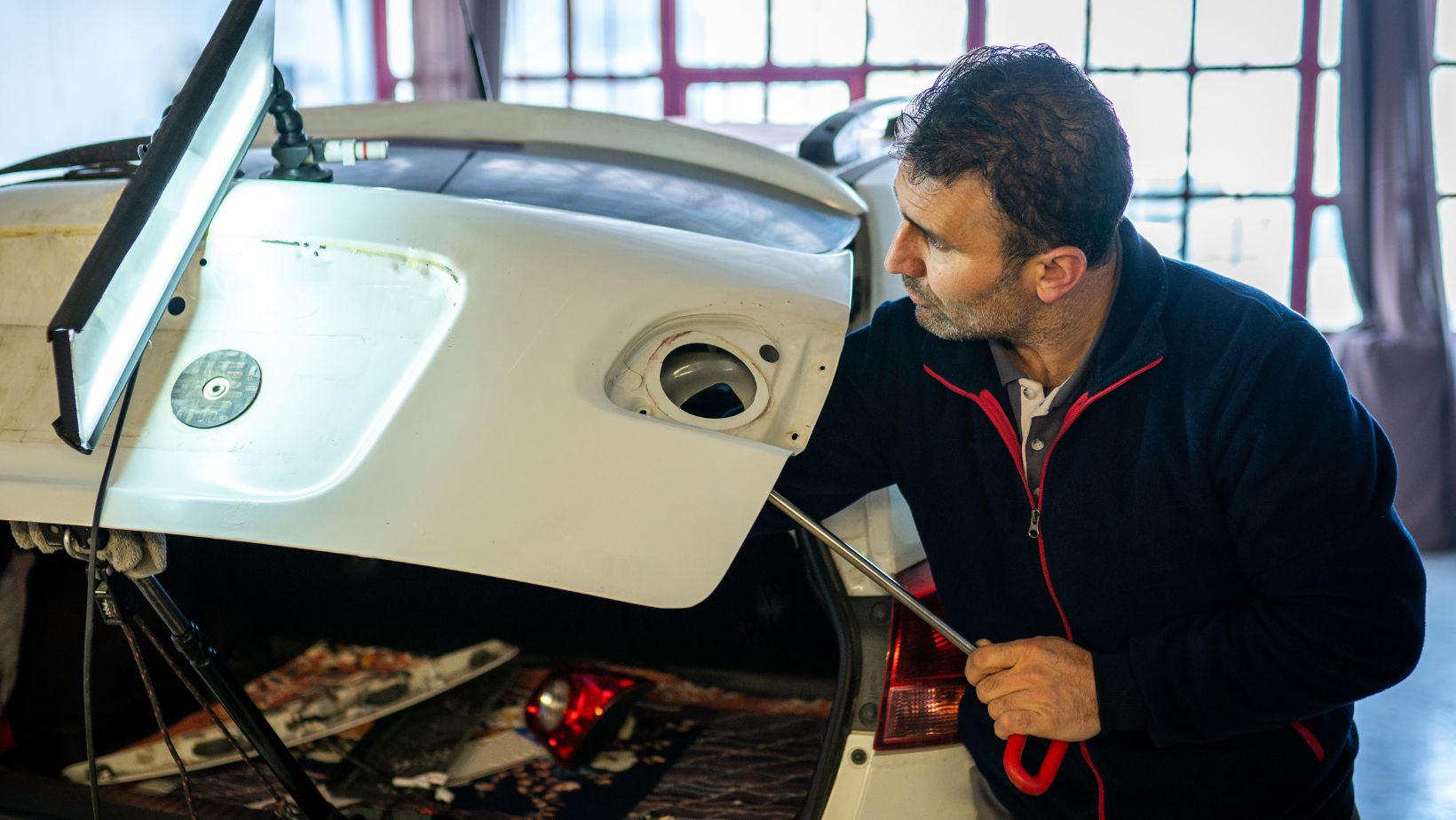Car Hail Repair
Dealing with car hail damage can be a frustrating and costly experience. When unexpected hailstorms strike, they can leave your vehicle covered in unsightly dents and dings. That’s where car hail repair comes into play. It’s a specialized service that aims to restore your vehicle’s appearance to its pre-damaged condition, saving you time and money.
Car hail repair involves using various techniques to remove or minimize the dents caused by hailstones. One common method is paintless dent repair (PDR), which uses specialized tools to gently massage the metal back into its original shape without the need for repainting. This not only preserves the factory finish of your car but also reduces the overall cost of repairs.
Why You Shouldn’t Ignore Hail Damage on Your Car
Hailstorms can wreak havoc on your vehicle, leaving it covered in dents and unsightly damage. While it may be tempting to overlook these minor imperfections, ignoring hail damage can have long-term consequences for your car’s appearance and value.
Firstly, hail damage compromises the integrity of your vehicle’s exterior. The impact from hailstones can weaken the paint and underlying layers, making them more susceptible to corrosion and rust over time. This not only affects the overall aesthetics of your car but also reduces its resale value.
The Steps Involved in the Car Hail Repair Process
When it comes to repairing hail damage on your car, there are a few key steps involved that ensure a thorough restoration:
- Assessment: An experienced technician will carefully inspect your vehicle for all visible and hidden signs of hail damage. This includes examining the body panels, roof, hood, trunk, and any other affected areas.
- Paintless Dent Repair (PDR): PDR is a popular technique used to remove small dents without having to repaint or replace parts of your car’s bodywork. Skilled technicians use specialized tools to massage out the dents from behind or access points designed specifically for this purpose.
- Traditional Repairs: In cases where PDR is not suitable due to severe damage or specific circumstances, traditional repair methods may be necessary. This typically involves removing damaged parts and replacing them with new ones before refinishing with matching paint colors.
- Final Touches: Once all repairs are completed successfully, a final inspection ensures that every dent has been addressed and that your car looks as good as new. This step may also include polishing and detailing to restore the shine and luster of your vehicle.

Common Techniques Used in Car Hail Repair
When it comes to car hail repair, there are several commonly used techniques that can effectively restore the appearance of a vehicle damaged by hail. These techniques are designed to address the dents and dings caused by hailstones, ensuring that your car looks as good as new. Let’s explore some of these techniques in more detail.
Paintless Dent Repair (PDR) for Hail Damage
One popular technique used in car hail repair is paintless dent repair (PDR). This method involves carefully massaging the dented area from behind using specialized tools, without the need for repainting or extensive bodywork. PDR is particularly effective for smaller dents and can yield impressive results when performed by skilled technicians.
The advantage of PDR is not only its ability to preserve the original factory finish but also its efficiency. Compared to traditional methods that involve sanding, filling, and painting, PDR can save both time and money. Additionally, since no paint or fillers are used during the process, there is no risk of color mismatch or peeling over time.
Heat and Cold Methods for Hail Damage Removal
Another commonly employed technique in car hail repair involves heat and cold methods for hail damage removal. These methods utilize temperature differentials to manipulate the metal back into shape.
One such method is known as “thermal cycling.” It involves applying extreme cold (using dry ice or liquid nitrogen) to shrink the metal surrounding the dent quickly. The contraction caused by rapid cooling helps pop out the dent effectively. Similarly, heat can be applied using heat guns or hot water to expand and reshape metal panels affected by hail damage.
While these heat and cold methods require expertise to prevent any unintended damage like paint cracking or warping of metal panels, they can be highly effective when executed correctly.
In summary, when it comes to repairing hail damage on your car, techniques like paintless dent repair (PDR) and heat and cold methods offer reliable solutions. Whether you opt for PDR to preserve the original finish or rely on heat and cold methods to reshape the metal panels, professional technicians can restore your vehicle’s appearance with precision and skill.








































